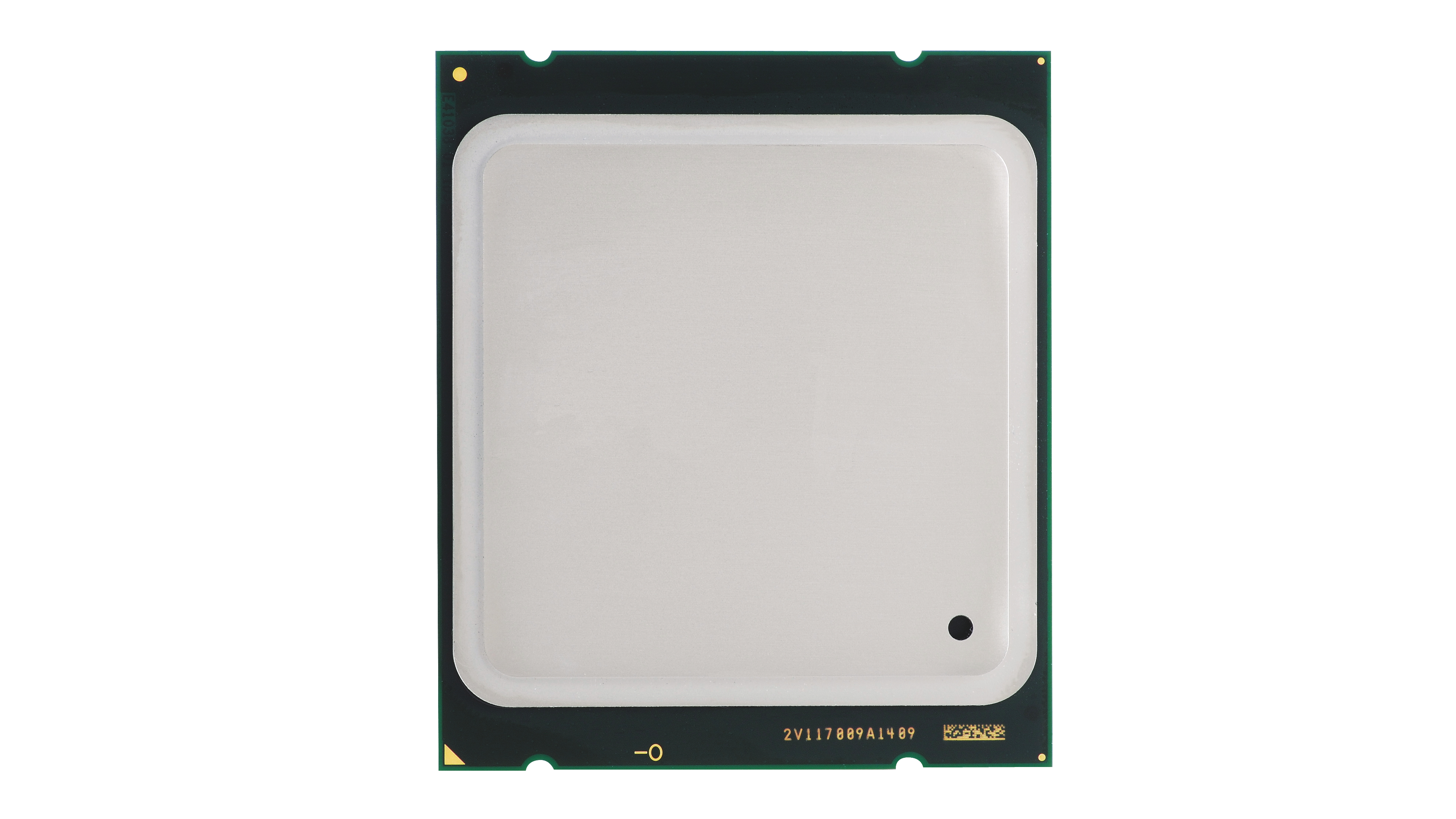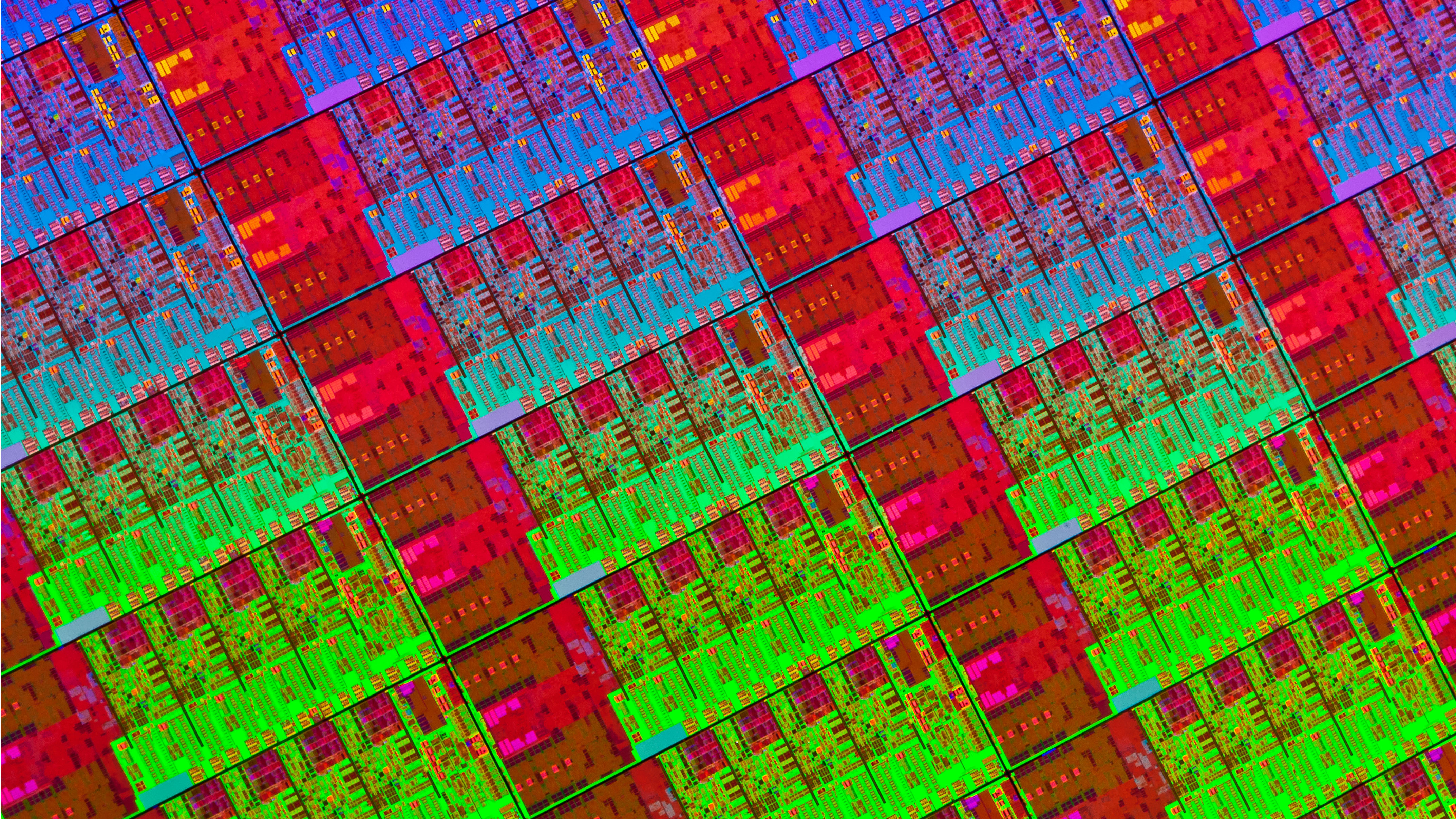Dear Intel: Please put your best tech into the PC
It's in Intel's interests to give the tech community something to be really positive about

Fact the first: Intel makes by far the best PC processors you can buy. Fact the second: They're still nowhere near Intel's best technology.
So I'm here to ask - to beg, even - Intel to reward its long-loyal PC customers with something to get excited about. I'm not asking for all that much. Just for Intel to put chips it's already making into PCs.
The detailed request goes something like this. Intel recently rolled out what is ostensibly its latest and greatest range-topping PC processor, the Core i7-4960X.
More moaning
Now, I've been moaning about Intel sand bagging with its desktop PC processor for years. But the 4960X is by far and away the worst and most disappointing example of Intel dragging its corporate heels yet.
The 4960X has the same core count and pretty much the same clocks as its predecessor. It's barely any faster. And it's not even based on Intel's most modern CPU architecture.
Truly, I'd like to know what went through heads when the decision was made to unleash this zero-step-change effort as a new top-end chip. The gains are so incremental as to be almost invisible.
The other half of this equation involves the chips Intel has at its disposal. Intel has recently rolled out three new high performance processor dies, known as the Ivy Bridge-EP family.
Are you a pro? Subscribe to our newsletter
Sign up to the TechRadar Pro newsletter to get all the top news, opinion, features and guidance your business needs to succeed!
Core, cores, cores
Respectively, they're six, 10 and 12-core chips, though further configurations are possible courtesy of switching cores off. Anyway, what's very clear is that there's ample opportunity for shipping a desktop PC processor with more than the six cores currently offered by the 4960X.
There are some arguments against this simplistic observation. First is that the three new chips are actually built for servers and workstation. True enough. But then the 4960X is itself based on the six-core version of Ivy Bridge-EP. So that objection pretty much evaporates.
Then there's the cores-versus-clock defence. In the past, Intel has argued that its six-core enthusiast chips have offered the best balance of cores and clockspeed for PC performance.
The idea is that some of the most critical apps for PC users – most notably, games – don't scale well when you add cores. They're still substantially bound by per-core performance. And you can have more of that by cranking up clockspeeds.

Tight budget
At the same time, there's only so much power available to a chip, only so much thermal budget. Chop off a couple of cores and you can crank up the clocks a bit.
In practice, that argument hasn't really held. For starters, games are only becoming more and more threaded, a process which is surely set to accelerate with the two new eight-core consoles from Microsoft and Sony, both of which have feeble per-core performance and will depend on efficient multi-core scaling to achieve decent CPU performance.
Then there's the fact that with the previous generation of Intel CPUs, there was only a few hundred MHz clock difference between the top six-core desktop chip and its eight-core server cousin.
I also realise there are issues for Intel in terms of putting out relatively low cost desktop chips that offer server-class features and then watching sales being cannibalised.
Find a way
But there are various ways Intel can and already does limit the scope for that. Things like nixing support for multi-socket or maybe even virtualisation. One thing Intel has been great at recently is finding ways to hobble CPUs, so that really shouldn't be a problem.
Anyway, I really think this is an easy win for Intel. There's a creeping negativity surrounding almost everything it does right now.
It has yet to convince the world its ultra-mobile offerings have compelling advantages over the ARM collective on the one hand. On the other, it treats its tradition desktop PC customers with apparent disdain.
For me it's an easy PR win to blow away the enthusiast community with something outrageously good on the desktop. Get the tech community revved about something Intel. Some of that enthusiasm might then spill over in to other areas and help spread the word about Intel's mobile offerings. Which are actually phenomenally good and not really treated fairly. A bit like Intel's desktop customers, then.
Technology and cars. Increasingly the twain shall meet. Which is handy, because Jeremy (Twitter) is addicted to both. Long-time tech journalist, former editor of iCar magazine and incumbent car guru for T3 magazine, Jeremy reckons in-car technology is about to go thermonuclear. No, not exploding cars. That would be silly. And dangerous. But rather an explosive period of unprecedented innovation. Enjoy the ride.